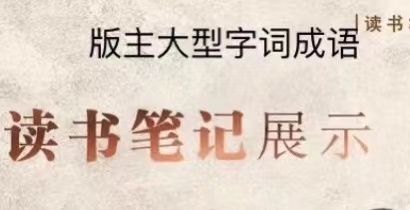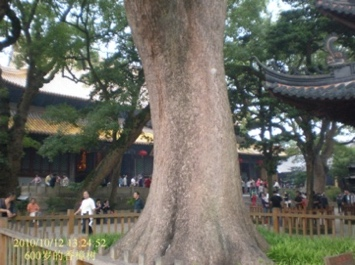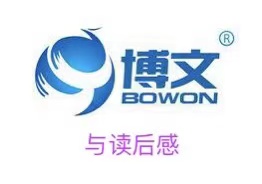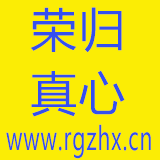In Section Thirty-five, “Suggestion of Shihua Li Accepted, First Book Officially Published” I mentioned the computer development during the 1990’s. “One type of 80286、80386、80486 computer cost more than ¥10,000. In 1993, the salary of Meilan Zhang per month was ¥300 and Defu Song ¥350. We supported two sons studying in the college and it was Arabian Nights for us to buy such an expensive device. There were several computers in the department of computer science and one in our department. Other offices, whether school level or department level, were not equipped with any computer.” As a dean of a department I was fascinated with it and this was because I liked writing something.
It was in 1994 that I began to learn to operate the computer. The computer in our office was bought by the young vice dean by asking the school president for money. In the daytime, I was shame-making to use it, only standing by to watch him operating. The young dean carried out a further study in Beijing University of Aeronautics & Astronautics (BUAA) not long ago and was one of the few old hands in our school and to me he was skillful and operated very quickly. There were a few computer books, which were very professional and expensive. When you bought a computer, you could get a user’s guide in English. After all I was a layman and could not read the guide. However, I was determined to learn it. Every evening I went to my office and read the user’s guide one sentence by another and operated at the same time. DOS (Disk Operating System) asked you to type all the commands at the prompt. I remembered and translated them one by one. It took me roughly three months to finish reading the guide and I grasped all the frequently used commands of the DOS. Then I turned to the word processing system called WPS (Word Processing System), which at that time didn’t have GUI (graphical interfaces) either, and was somewhat hard to study. To type English was not difficult for me because I had a long history of using the typewriter. But to type Chinese was not an easy job because the software of typing Chinese in pinyin was fresh and to type according to the shape of the Chinese characters was complex. The number of the Chinese characters put into the computer in an hour was limited and in addition, what had been typed in was frequently lost. It was delighting what I had typed in was printed by a laser printer in the end, which looked as if it was printed in a printing press, making me very excited.
As an English teacher, I knew something about the computer, which has a particular advantage. Some of my colleagues suggested I edit a text book of computer English, sentence by sentence, helping the students or those who want to become an operator to understand the meaning of the commands and the screen message. First compose lecture notes and then turn them into teaching materials. Accordingly, I began to excerpt important sentences of each chapter and translated them into Chinese. I asked a student from the art department to design a cover and finished a small copy of lecture notes for the students, who must also operate on the computer. Teaching is learning and I also became more familiar with the DOS program.
GUI of the operating system began with Windows 95 and the computer in my office was installed in the spring of 1996, which meant that the DOS would quit the historical tribune. It was so soon that my lecture notes of computer English would out of date. By asking the professional I got to know that Windows 95 was based on the DOS, which became the background and was only known to the professionals. I must follow and started to read the reader’s guide to Windows 95. Every morning I read some paragraphs, wrote down some commands and operate on the keyboard of the computer in my office during the daytime or in the evening, testing whether I had correctly understood what was said in the guide. Roughly after two months I was able to take the reins of the frequently used command of Windows 95. I translated all the commands into Chinese, asked the typesetter in the printing house to copy the graphs of Windows 95, so that the lecture notes turned into a text book of the computer English, which was made up of 100 units, 16 chapters. I made contact with a head of the printing house and asked him to print my book immediately in order that it could be used as soon as possible. In July of 1996, “Practical Computer English” was printed, 32K, 410 pages, which looked quite well and was put into use in the autumn semester the same year.
I was not familiar with the publishing houses and had to ask Mr. Hongtao Li of Kuangda (CUMT: China University of Mining and Technology) to help me, who said that it was a good chance that China Book Press was organizing a series of 900 English and it was looking for an author to write the subject of the computer. The name was changed into “Computer English 900”. Chances belong to those who have got ready. The book was published in January of 1999, 350,000 characters. The writing remuneration was very low, with 1000 characters ¥20, altogether ¥7000. I was psychologically balanced. I had studied the computer and got some reward, which was well worth it. While I was studying, I was writing and editing. I understood, learned, finished translating and the book came into being, which made me very happy. I was determined to go on along this route.
 |  |
April 4, 2011 in Xuzhou
Proofreading on March 12 of 2012 in Chicago
Uploading on Aug 6 of 2023 in Xuzhou









